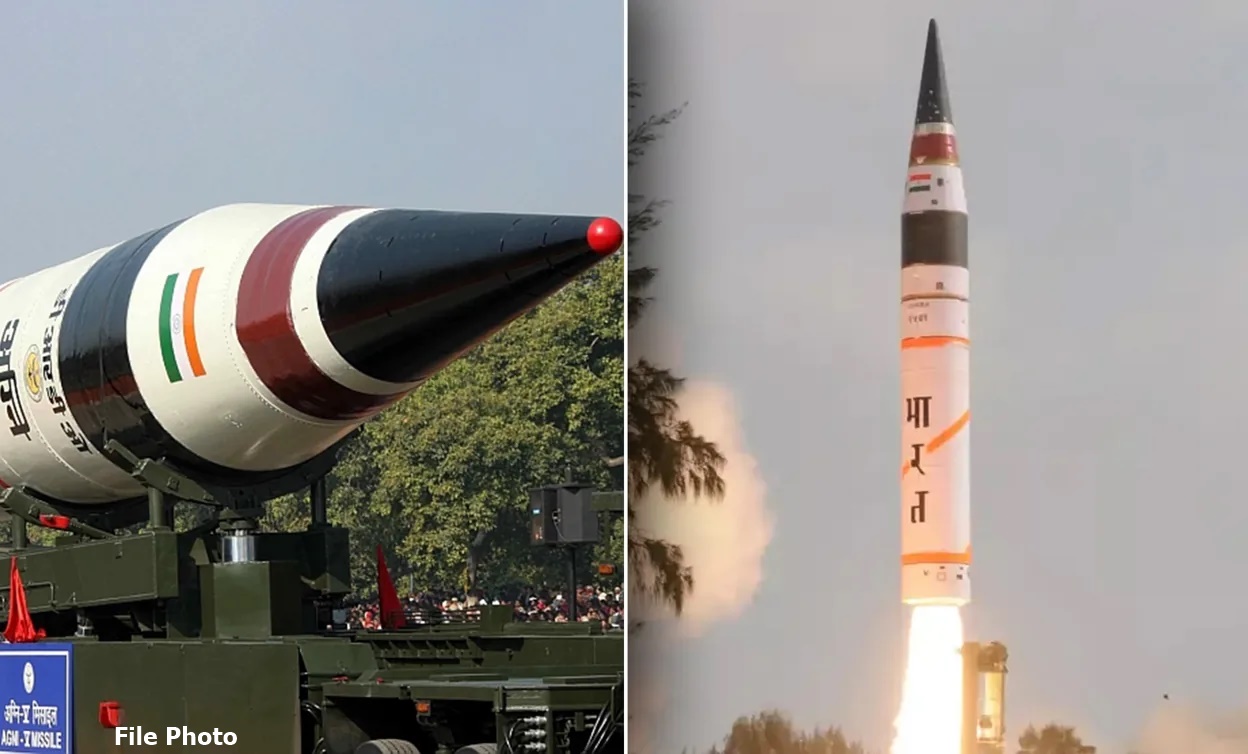India on Wednesday announced that it had successfully test-fired the Agni-5, an intermediate-range ballistic missile capable of carrying nuclear warheads to any part of China.
The launch, conducted in the eastern state of Odisha, was described by defence authorities as a validation of “all operational and technical parameters.”
The Agni-5 is among India’s most advanced indigenously developed missiles, designed to strengthen its defence posture against regional rivals.
India and China, the world’s two most populous nations, have long been strategic competitors.
Their relations worsened in 2020 after a deadly border clash in the Himalayas, though both sides have since sought to reduce tensions.
India is also a member of the Quad security alliance with the United States, Australia, and Japan, often seen as a counterweight to Beijing’s influence in Asia.
The test comes amid heightened regional security concerns. India’s rival Pakistan also possesses nuclear weapons, and the two neighbours came close to conflict earlier this year following an attack in Indian-administered Kashmir that killed 26 people.
New Delhi blamed militants backed by Islamabad, but Pakistan denied involvement.
Diplomatic efforts to balance ties continue.
Indian Prime Minister Narendra Modi met Chinese President Xi Jinping at a summit in Russia last October, their first encounter in five years. .
Modi is also expected to travel to China later this month to attend the Shanghai Cooperation Organisation (SCO) summit.
Meanwhile, India’s relations with Washington face strain over New Delhi’s continued purchase of Russian oil
The United States has warned of increased tariffs on Indian goods if it fails to cut imports from Moscow.
The Agni-5 test underlines India’s determination to expand its missile capabilities, reinforcing its deterrence strategy against both Pakistan and China.












